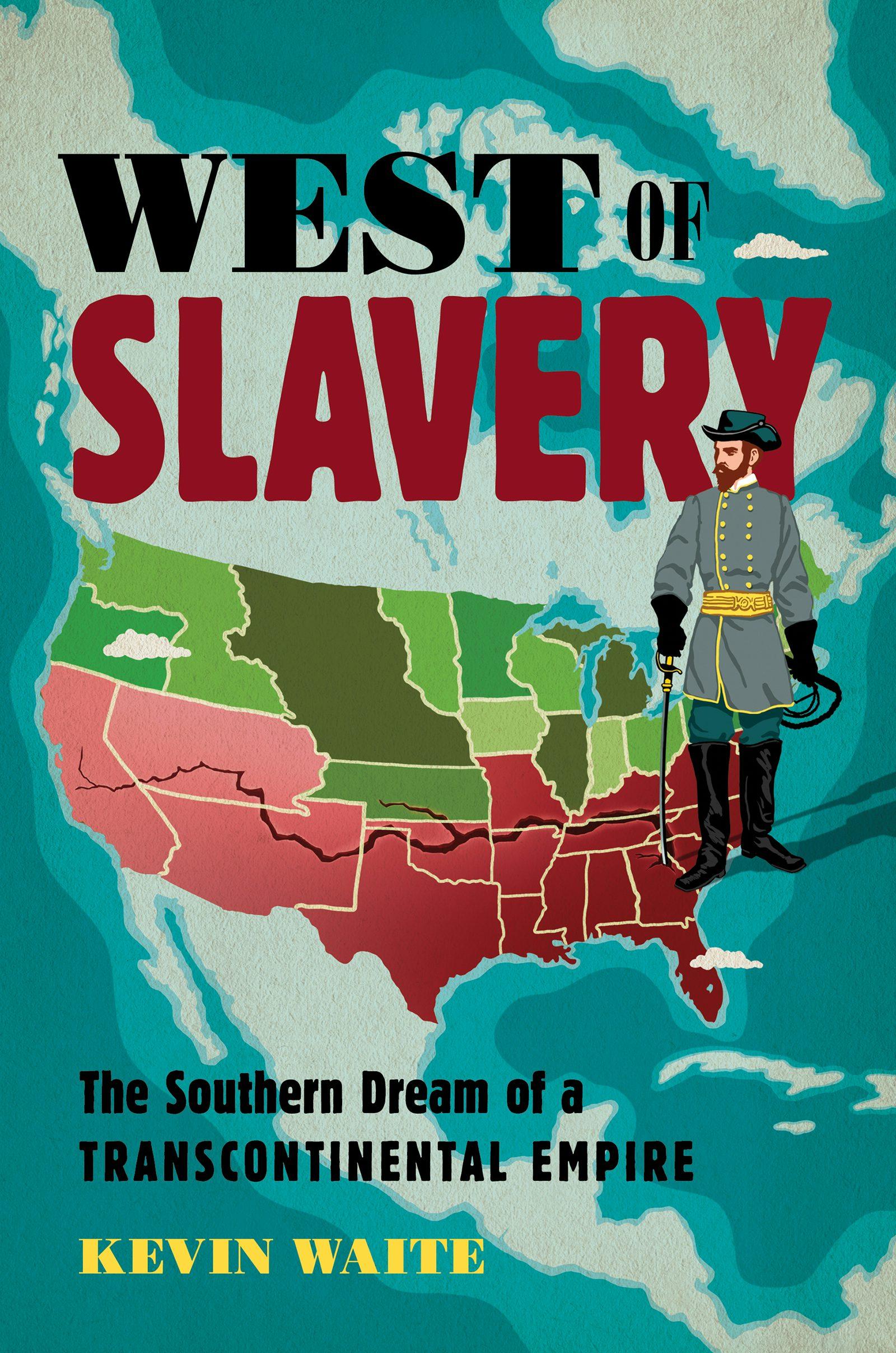THAT THE American Civil War spilled into the territories of the Southwestern United States is generally known but largely unappreciated. One of the few popular culture representations of this theater of the conflict, the Sergio Leone film The Good, the Bad and the Ugly (1966), is so fanciful and ridiculous that it is easy to dismiss the whole thing as a fantasy unmoored from actual history. Nonfiction about the subject has not always been helpful in this regard either. Usually cataloged as “regional history,” most books have treated the secession drama in the West as a historical novelty rather than something integral to the larger story of the war. The disastrous Confederate attempt to conquer New Mexico, for instance, is often portrayed as a quixotic adventure rather than a manifestation of a long-standing expansionist agenda.
This marginalization extends to the issue of slavery. The conventional wisdom has been that slavery was largely an abstraction to Westerners. The forms of involuntary servitude that were practiced in the West, such as debt peonage and the illicit trade in captured Native people, have historically been too often regarded, by Anglo-Americans, Spanish-speaking elites, and even too many modern historians, as sufficiently different from what was going on elsewhere to be easily rationalized, and even defended, as something other than slavery in the mines and on the ranches. Thus, histories of the Civil War in the West have downplayed or ignored slavery as an issue in the region.
Kevin Waite, assistant professor of American history at England’s Durham University, challenges these usual narratives in his new book, West of Slavery. Waite’s provocative writing on slavery and its legacy has appeared in popular publications like The Atlantic, Slate, and The Washington Post, and his ambition in West of Slavery is certainly in keeping with what has appeared elsewhere. From the outset, the author is clear that he intends to reject old “pioneer tropes” in favor of the more analytical approach of “The New Western History,” placing the story of the frontier firmly in the context of the struggles that shaped the nation as a whole. The book’s release comes as The New York Times’s 1619 Project, which centralizes the institution of slavery as a perennial force in American history, dominates the national conversation about how our country’s past is taught and presented. Waite shares the project’s sentiment, reaching back to the republic’s earliest days to show how the slaveholding class helped drive the young nation’s expansion westward, making the history of the West as much a history of the United States’s relationship with slavery as it is in the East.
